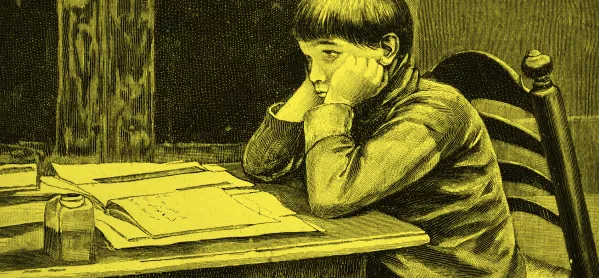In its traditional form, homework often measures little more than the resources students have at home, their amount of parental support and hours of free time, and their desire to please their teacher.
Over the year, as the landscape of curriculum design and assessment has changed, homework has not.
That’s why homework should be replaced with focused retrieval practice. The importance of knowledge begetting knowledge should be front and centre of all we do - including homework - and we need to clearly signpost to students and parents alike that knowledge drives progress.
Replacing traditional homework with retrieval practice
Retrieval practice as homework trumps everything else, as it promotes retention and the feedback it generates allows the identification of gaps in knowledge that can be addressed.
Students returning to what they have been taught should understand that this is an integral part of an ongoing learning process and that it is deliberately planned for, to allow for links to be made and schemas of understanding to be strengthened.
In this way, retrieval practice becomes more than a teaching method or assessment strategy, it becomes a lifelong study tool.
No more wild Google chases
Gone are the days of setting students off on useless research tasks for homework. These wild Google chases took up time and space, but did little secure knowledge.
Instead, we should now be training students and parents in skills such as self-quizzing, using homework platforms, flashcards and elaboration. This should be regularly returned to through workshops, assemblies and instructional videos.
Recall practice needs to be more than a task at the start of a lesson: it should be a central philosophy in classroom practice and a focus of all teachers, staff and parents alike.
This model of students continually returning to what has been learned shifts a great deal of accountability back to the learner and, according to Ebbinghaus’ forgetting curve, this is a powerful shift.
In terms of workload, it’s also a win. Time and effort that would otherwise be wasted checking, chasing, resetting and marking tasks completed at home can instead be used responsively in the classroom: refining use of low-stakes testing, questioning and sequencing the curriculum, and consolidation.
Lisa Lockley is assistant headteacher at John Willmott School in the West Midlands



